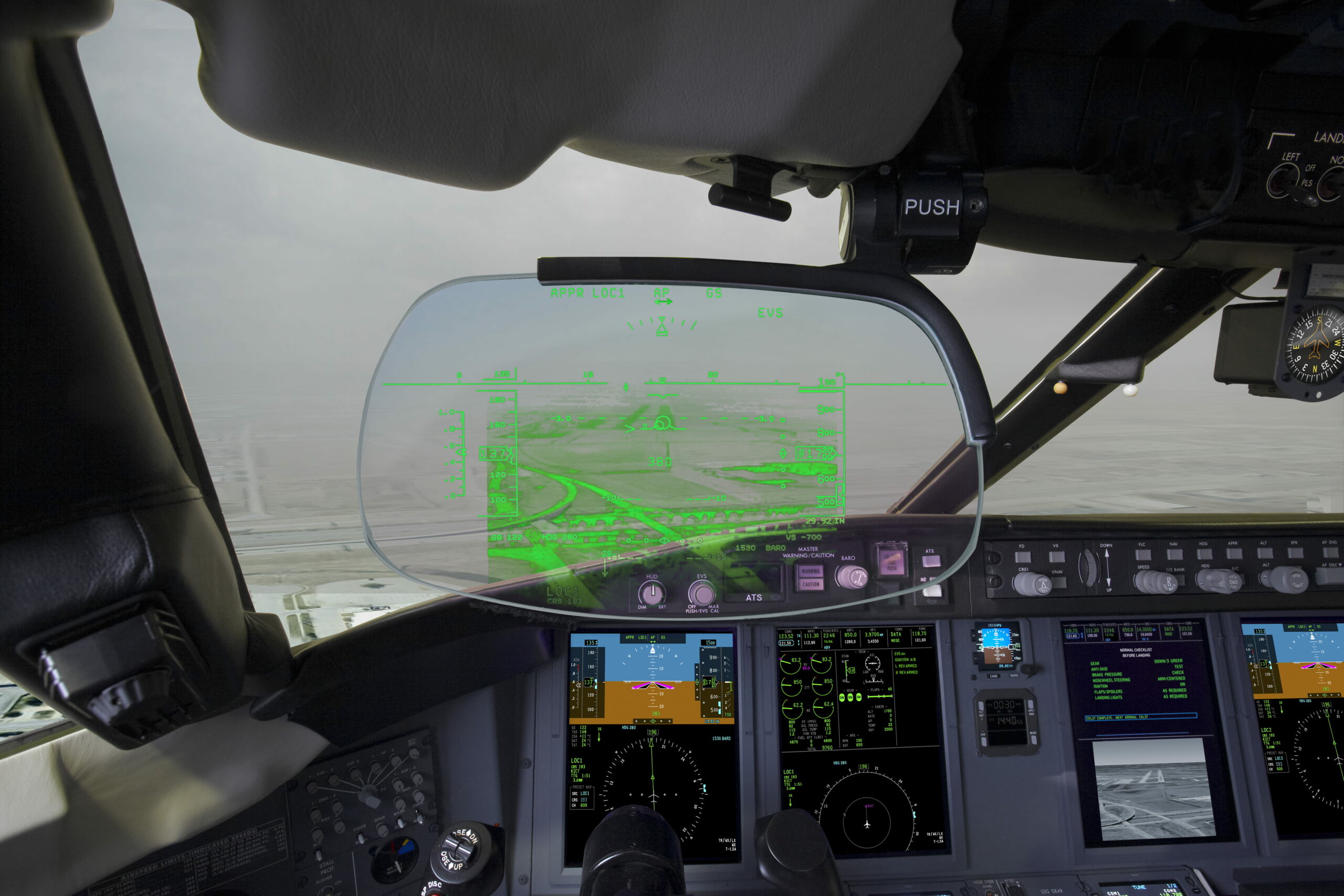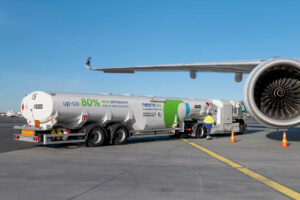Not only since the release of ChatGPT, artificial intelligence (AI) has become an important technology that is going to reshape the future of various industries, including aviation. Company NVIDIA, originally known of their gaming graphic cards, has become a major player in the field since their processors and platforms are perfect for supporting complex and fast calculations that AI is building on.
Some key NVIDIA products that can play a role in AI applications within the aviation sector include:
- NVIDIA GPUs (Graphics Processing Units): NVIDIA’s GPUs are highly parallel processors that excel at performing the complex mathematical calculations required for AI and deep learning tasks. NVIDIA GPUs are used in data centers, onboard aircraft systems, and ground-based infrastructure to accelerate AI inference and training processes, enabling faster and more efficient analysis of large datasets and real-time decision-making.
- NVIDIA Jetson Platform: The NVIDIA Jetson platform consists of small, power-efficient AI computing modules designed for edge computing applications, including unmanned aerial vehicles (UAVs), autonomous aircraft, and onboard avionics systems. Jetson modules offer high-performance AI processing capabilities in a compact form factor, making them ideal for embedded AI applications in aviation.
- NVIDIA CUDA Toolkit: The NVIDIA CUDA Toolkit provides a comprehensive development environment for programming NVIDIA GPUs using the CUDA parallel computing platform. Aviation developers and researchers can leverage the CUDA Toolkit to accelerate the development and optimization of AI algorithms and applications for tasks such as image recognition, natural language processing, and predictive maintenance.
- NVIDIA Deep Learning Accelerator (NVDLA): NVDLA is an open-source hardware and software platform designed for accelerating deep learning inference tasks on edge devices. Aviation manufacturers and system integrators can integrate NVDLA-based accelerators into avionics systems, cockpit displays, and onboard computers to enable real-time AI processing for applications such as object detection, terrain recognition, and autonomous flight control.
- NVIDIA DGX Systems: NVIDIA DGX Systems are purpose-built AI supercomputers designed for accelerating AI model training and deployment in data center environments. Aviation companies and research institutions can deploy DGX Systems to train large-scale AI models using massive datasets, optimize deep learning algorithms, and simulate complex flight scenarios for training autonomous systems and flight control algorithms.
- NVIDIA Clara: NVIDIA Clara is a healthcare-specific AI platform that includes pre-trained AI models, development tools, and healthcare-specific software libraries. While primarily designed for medical imaging and healthcare applications, NVIDIA Clara can also be adapted for aviation use cases such as medical emergency response, telemedicine, and in-flight medical diagnostics.
AI technology has the potential to play several significant roles in aviation, revolutionizing various aspects of the industry.
- Flight Safety and Maintenance: AI can analyze vast amounts of data collected from aircraft sensors, flight recorders, and maintenance logs to identify patterns and anomalies indicative of potential safety issues or maintenance needs. By predicting maintenance requirements in advance and detecting potential safety hazards, AI can help airlines and maintenance crews proactively address issues, reduce downtime, and enhance overall flight safety.
- Autonomous Systems: AI-powered computing platforms can enable the development and deployment of autonomous flight systems, including unmanned aerial vehicles (UAVs) and autonomous aircraft. By leveraging advanced machine learning algorithms, AI can enable autonomous navigation, obstacle detection, and decision-making capabilities, paving the way for safer and more efficient autonomous flight operations in both commercial and military applications.
- Air Traffic Management: AI can optimize air traffic management systems by analyzing real-time data from air traffic controllers, aircraft, and weather sensors to improve airspace utilization, reduce congestion, and enhance flight efficiency. By leveraging AI-driven predictive analytics and optimization algorithms, air traffic management systems can dynamically adjust flight paths, sequencing, and routing to minimize delays, improve fuel efficiency, and enhance overall airspace capacity.
- Cockpit Assistance and Augmented Reality: AI can enhance cockpit systems by providing pilots with real-time assistance, predictive analytics, and augmented reality (AR) overlays to improve situational awareness, decision-making, and flight operations. AI-powered cockpit assistance systems can analyze data from onboard sensors, navigation systems, and external sources to provide pilots with proactive alerts, hazard warnings, and navigational guidance, enhancing safety and operational efficiency during all phases of flight.
- Cabin Experience and Customer Service: AI can personalize the cabin experience for passengers by analyzing passenger data, preferences, and behavior to tailor in-flight services, entertainment options, and amenities. By leveraging AI-driven recommendation engines and natural language processing (NLP) algorithms, airlines can deliver customized experiences that enhance passenger satisfaction, loyalty, and retention.
Overall, AI technology holds tremendous potential to transform the aviation industry by improving safety, efficiency, and passenger experience across a wide range of applications, from flight operations and maintenance to air traffic management and passenger services. As AI continues to advance, its role in aviation is likely to become increasingly central to the industry’s evolution and growth.
Photo: Collins Aerospace HGS-6000 head-up display


